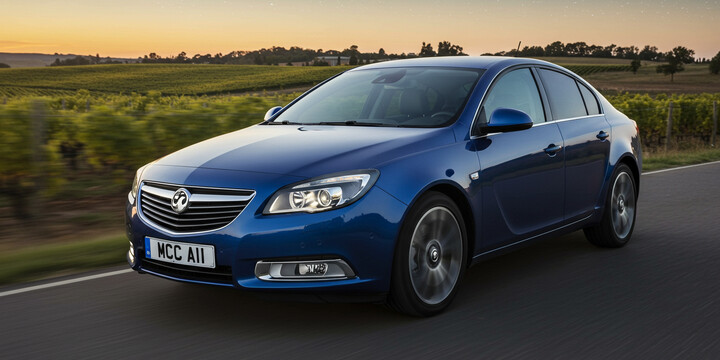
VAUXHALL INSIGNIA (2013-18) 4DR SALOON 2.0 CDTI ECOFLEX DPF SS 140 EU5 DESIGN NAV 6SPD

average use


vehicle values

The data indicates that for the specified Vauxhall Insignia (2013-18) 4-door saloon, the majority of private sale valuations fall within the lower price brackets. Specifically, 38.9% of vehicles are valued between £2,000 and £3,000, and 33.3% are valued between £4,000 and £5,000. A smaller proportion, 27.8%, are estimated to be worth between £3,000 and £4,000. This distribution suggests that most privately sold vehicles of this model are positioned in the lower to mid-range price segments, with a significant clustering at the lower end of the spectrum.

production years

Based on the available data for the Vauxhall Insignia (2013-18) 4-door saloon 2.0 CDTI EcoFlex DPF SS 140 EU5 Design Nav 6spd, the majority of these vehicles, approximately 83.3%, were manufactured in 2014. A smaller proportion, around 16.7%, were produced in 2015. This concentration suggests that most of the vehicles in this sample are from the 2014 model year, with fewer from 2015. The data indicates that the bulk of these models are slightly older, primarily from 2014, which may be relevant for considerations related to vehicle age, depreciation, or availability.

colour popularity

The data indicates that the most common main paint colour for the Vauxhall Insignia (2013-18) 4-door saloon with the specified model is Black, accounting for 27.8% of vehicles. Silver is also prevalent, representing 38.9%, making it the most common overall. Notably, Green is relatively popular at 16.7%, which is somewhat unusual compared to typical color preferences. Blue and Brown are less common, at 11.1% and 5.6% respectively. Overall, the palette shows a preference for neutral and darker shades, with a notable presence of green.

ownership cycle


engine choices

The data indicates that the Vauxhall Insignia (2013-18) 4DR Saloon 2.0 CDTI EcoFlex DPF SS 140 EU5 Design Nav 6SPD model predominantly features a 1,956 cc engine capacity, accounting for 100% of the sample, and exclusively uses diesel as its primary fuel type. This suggests a uniformity in the engine specifications and fuel choice across the sampled vehicles, reflecting the typical configuration for this model in the specified range.












